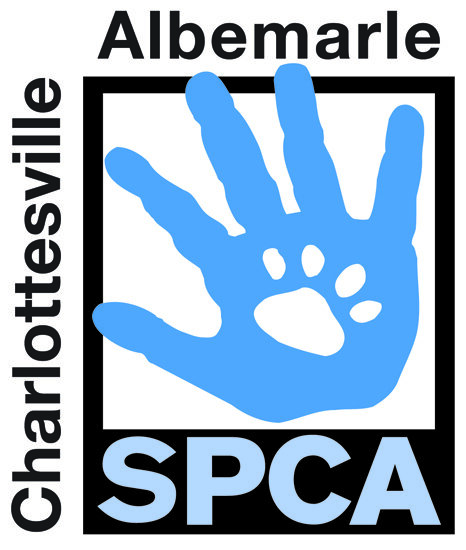
No Kill Philosophy
The term “no-kill” refers to an animal shelter or rescue organization that does not euthanize healthy or treatable animals. The definition can vary, and different organizations might have slightly different criteria for achieving and maintaining “no-kill” status. However, some common elements often associated with “no-kill” shelters include:
1. Save Rate: A key criterion for a “no-kill” shelter is often a high save rate. This rate is calculated by dividing the number of live animal outcomes (adoptions, returns to owners, and transfers to other organizations) by the total number of animals brought into the shelter.
2. Euthanasia Policies: “No-kill” shelters typically have strict policies against euthanizing animals for reasons such as lack of space or time. They only euthanize animals in cases of severe illness or untreatable aggression, focusing on providing medical care and behavior rehabilitation when possible.
3. Limited Euthanasia: Some “no-kill” shelters may still euthanize animals, but only in exceptional circumstances where an animal’s suffering is deemed untreatable, and quality of life is severely compromised.
4. Community Engagement: “No-kill” shelters often engage with the community to encourage adoption, responsible pet ownership, and spaying/neutering programs. This community involvement aims to reduce the number of animals entering the shelter system.
It’s important to note that achieving and maintaining “no-kill” status is a complex and ongoing process. Shelters may face challenges such as limited resources, overpopulation, and the presence of animals with medical or behavioral issues. The term itself doesn’t necessarily indicate that no euthanasia ever occurs but rather that it is limited to situations where an animal’s quality of life cannot be improved.
Different organizations and regions might have their own definitions and criteria for “no-kill” status, and the term is often used to convey a commitment to minimizing euthanasia and maximizing live outcomes for animals in their care.


